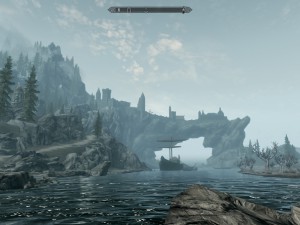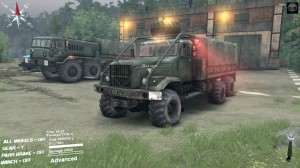Precise communication
During my ongoing literature review I often discover interesting facts about things I’ve never thought about. Sometimes I can connect these facts with my own observations: The result is mostly a completely new idea why things are as they are. Maybe these ideas are new to you, too. Therefore I’ll share my new science based knowledge with you!
This week: This time, I think about the method to practice precise communication skills by playing computer games.
The European Space Agency (ESA) pushlished a debriefing video of last year’s underground training course „CAVES“. In this video participants of this course explained the connections between the exploration of a cave and doing a spacewalk.
One of the training outcomes was to get used to precise communication methods. The cavers had a connection to the „mission control“ outside the cave to ask for additional advice during their exploration. In order to get the most useful answers, the explorers were required to ask questions as precise as possible to prevent any misunderstandings.
Normally, communicating as precise as possible is not very important in our daily life. Even in the case of a misunderstanding, it is mostly not a problem to solve the issue before bad things will happen. However, in critical situations, being able to communicate in a precise way can be essential to prevent an accident or other bad outcomes.
Unfortunately, only a few people get the chance to gain access to special training courses like ESA CAVES and our daily life does not really provide good chances to practice a precise communication unless we are in a situation where this skill is needed.
This is mostly true except for computer game players of cooperative multiplayer games: they do have the chance to practice their communication skills every time they are playing together. This is especially the case in games with a high group dynamic like the MMORPG World of Warcraft (WoW) [1]. Participating in raids, a special form of Player vs. Environment (PvE), can be a great source of learning to communicate in a precise way.
In a raiding environment, a group of players is trying to defeat a computer controlled „boss“ who is striking back with unique abilities. Apart from understanding the general boss mechanics, communication is a key factor during a „boss fight“. Certain situations require a quick decision. However, a good decision only can be made, if all the important information about the situation are available. In this case, the players need to call out only important information in a short and precise way in order to prevent any misunderstanding. The decision itself (mostly made by the leader of the group) needs to be also as precise as possible or the other players could get confused and do a wrong thing. This in return could result in a victory of the boss over the group.
Moreover, it is not only important to communicate in a precise way during the boss fight itself. It is also important to explain the tactics in an exact way or players might get confused and finally do a mistake because they have misunderstood a certain mechanic. This in return could result again in a bad outcome for the group.
As a conclusion of this article, multiplayer games can help players to develop their communication skills. This is not only achieved by the requirement of a good communication. Often the reason for a lost boss fight can be traced back to a certain issue with the communication before or during the boss fight. This feedback mechanism allows the players to learn from their mistakes and to improve their communication skills in a save training environment where only virtual avatars can get harmed. Additionally, the immersion of a computer game gives the requirement of a precise communication a certain dimension of importance so that it feels right to the players to improve their communication skills.
References
[1] Prax, Patrick (2010): Leadership Style in World of Warcraft Raid Guilds, in: Proceedings of DiGRA Nordic 2010.


